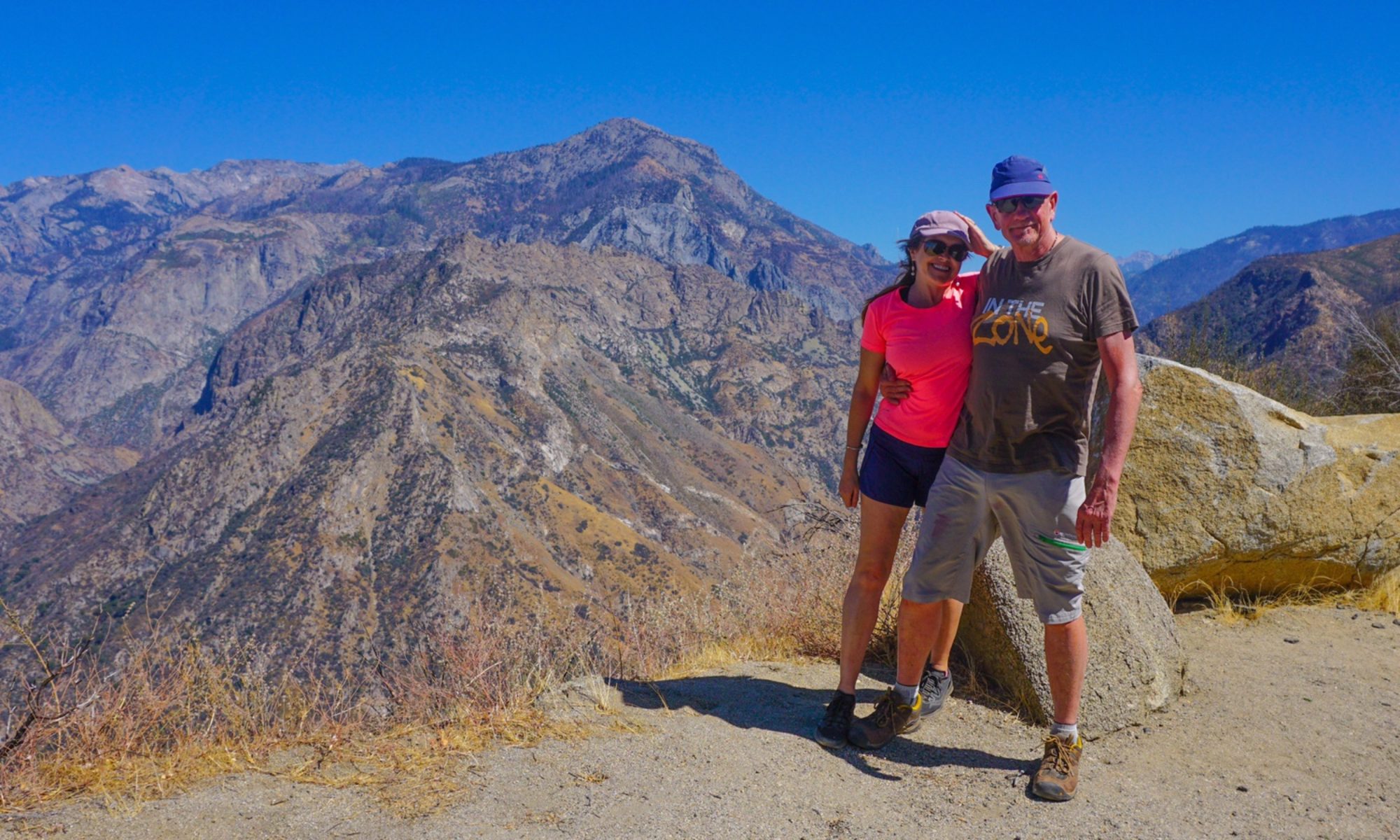Author: Mrs A
Location: Loro Piceno & Urbisaglia, Le Marche, Italy
Thursday: For hundreds of years many of the ancient Roman buildings in this region remained covered by soil, a combination of earthquakes, floods, plant growth and decomposition and invertebrates gradually hiding away the buildings, artwork, pottery, coins, statues and jewellery which were left abandoned.
Barney had organised a private tour of the nearby Roman artefacts and a live archaeological dig with a local historian and guide…absolutely fascinating and definitely one of the most interesting things we have done.
We met up with Leonardo at a nearby village and commenced our tour.

Urbs Salvia (nowadays called Urbisaglia) was settled around the end of the 1st century BC and unearthed by archaeologists during the 1800s. Our guide, Leonardo, took us around what was a large temple explained how a female archaeologist ignored directions from colleagues to dig in an area where artefacts had already been found, and decided to follow her instincts and dig here. She found one of the most important temples in Italy.
Many of the wall paintings are still visible, decorated with lions hunting and killing antelopes, bears, wolves and other powerful symbols, demonstrating the strength and how far and wide the Roman Empire had travelled and conquered. So much is excellently preserved, with bricks imprinted with the manufacturer’s name still clearly visible and mosaic tiles that could have been laid in the last decade.

The stories kept on coming, with cattle skeletons under a collapsed row of archways showing that animals were once kept in this area, probably killed during an earthquake.

The tour then continued to the nearby amphitheatre, in which there would have been gladiator fights, both males and females – women fighting ‘dwarves’ a favourite of the community apparently! It is estimated this amphitheatre (in its original state) would have seated more than 7,600 spectators.


Tales were told of how one of the most gruesome of events held here would have been how the arena would have been flooded and a boat full of slaves or prisoners floated on, with the aim of tipping it over and drowning them in front of the audience. Apparently there is not much they enjoyed more than watching wild beasts or people die in front of them. Other than sex of course, with orgies and prostitution common among the Romans.
Our next destination was the in progress dig, with a mixture of volunteers, academics and students from a variety of universities involved. We turned up just moments after they had unearthed a Roman coin…it was fascinating to wonder when the last time this was held in a human hand, and by whom.

From here, we drove a short way up to the hilltop village of what is now Urbisaglia. Leonardo unlocked a door at the side of the road, and we entered an underground chamber. This was the water system, designed by a slave and built by more slaves, with two tunnels to reduce the water pressure and overflows to maintain a pocket of fresh air to keep the water pure. So much of the practices invented by Romans is still in practice today. These tunnels were only discovered in the 1940s and are in excellent condition.



We continued on into Urbisaglia, and to the fortification Mr A and I had cycled to last week. This time we were allowed inside as Leonardo had the key. He told us stories of those that lived here (only about 12 people, all soldiers) with the purpose of protecting the area from invaders, It certainly had magnificent views.




I would highly recommend you do something like this if you’re visiting this area or anywhere with significant Roman history, it really brings the region to life.
We returned to Barney and Mel’s home for a relaxing afternoon before preparing for the evening. Two of our UK guests, Stuart and Karen, are off home tomorrow so we were to have a final group dinner out at a hotel restaurant on the other side of the valley.
We had been looking out at the hotel all week, admiring the bright lights as it sits on top of a hill almost directly opposite where we are staying in Loro Piceno.

Once over at the hotel, we enjoyed Prosecco while we ordered our food. What a gorgeous setting for a dinner.




As we retired for the night we farewelled Stuart and Karen who were planning to hit the road at 7am…we all knew we would be unlikely to be awake to see them off!
